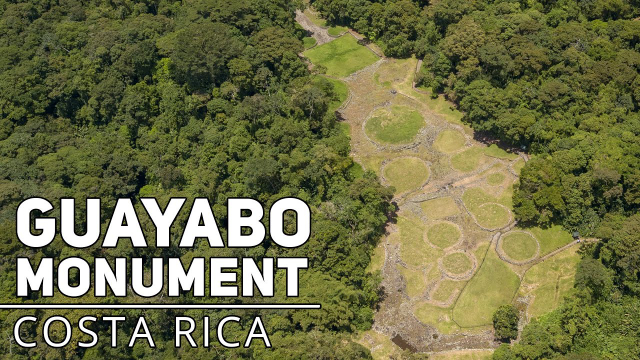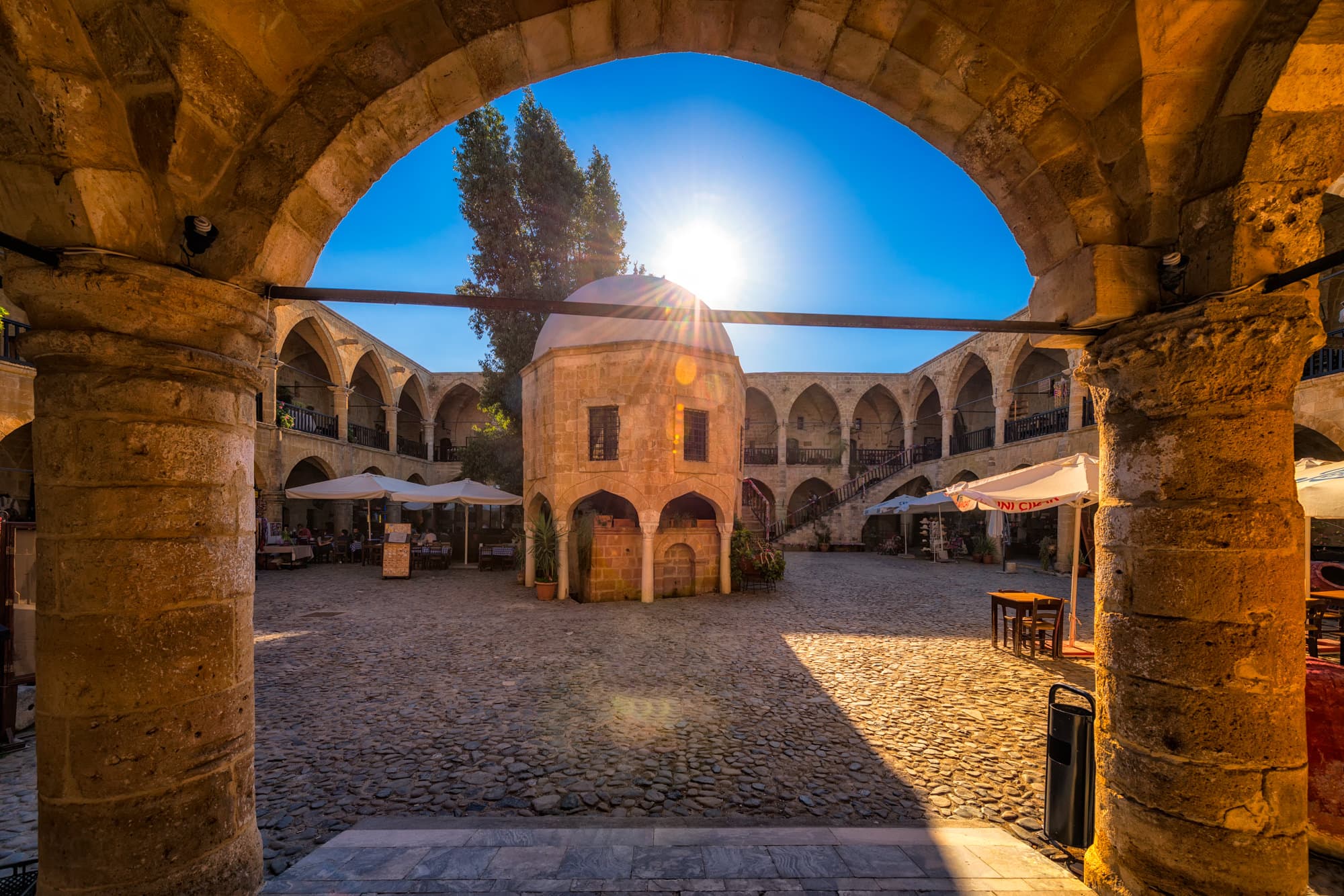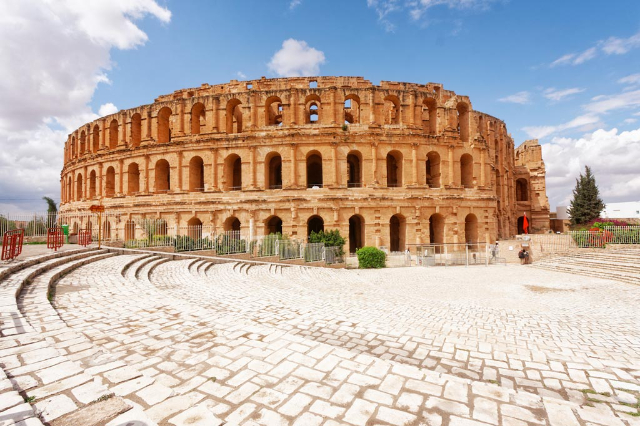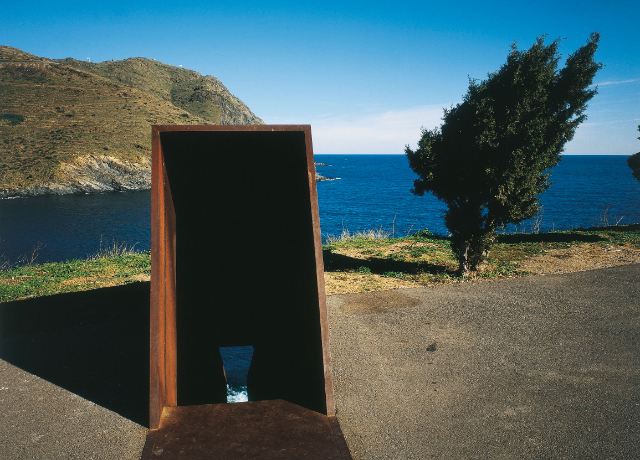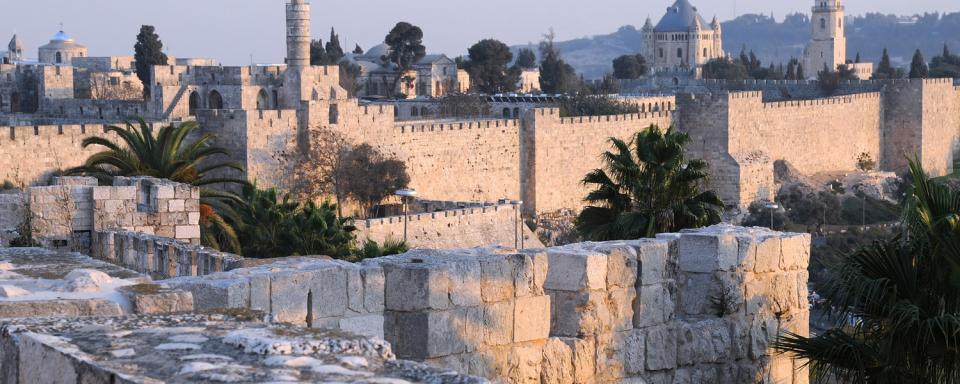The Guayabo ruins are one of Costa Rica’s most important archaeological sites and are one of the few examples of pre-Columbian settlement in the country. Located in the central part of Costa Rica, the Guayabo ruins cover an area of approximately 233 hectares and date from between 1000 B.C. and 1400 A.D.The Guayabo site was discovered in 1968, when a group of Costa Rican archaeologists began excavating in the area. The site is located in a mountainous area and has unique architecture, with stone walls, terraces, stairs and bridges. The settlement is believed to have been built by a pre-Columbian culture known as "Huetares."An interesting anecdote concerns the discovery of some tombs in the area of the ruins. In one of the graves, archaeologists found the remains of a man who appeared to have been buried with his horse. This discovery led scholars to speculate that the settlement was an important center of trade and exchange of goods, including horses.The Guayabo ruins are also home to a large system of aqueducts and canals, providing important evidence of the pre-Columbian peoples’ skill in hydraulic engineering. The aqueduct system was used to supply water to the settlement’s residential and agricultural areas.The Guayabo site was declared a Costa Rican national heritage site in 1973 and was opened to the public as an archaeological park. The park offers guided tours, hiking trails and other activities, as well as a museum displaying objects and artifacts found at the site.The ruins of Guayabo are an outstanding testimony to Costa Rica’s pre-Columbian culture and history and are an interesting destination for those with a passion for archaeology and ancient history.
